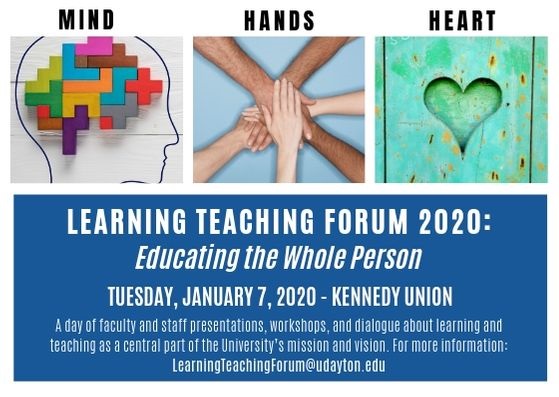Stop Telling Students to Leave Their Problems at the Door
About the Presenter(s)
Michael B. Key, learning initiatives coordinator, Office of Learning Resources
Location
Mental Wellness and Physical Wholeness
Start Date
7-1-2020 2:40 PM
Abstract/Description
Kennedy Union 312
Kennedy Union XXX
Working with students who are on academic probation, I often hear that they feel there is nowhere for them to go in order for them to feel whole. They state instructors and supervisors says things like “leave your problems at the door” or “I’m not your therapist”. Our students internalize these messages by believing their identity as a learner is completely separate from their identity as a human being. I hope this presentation will illustrate that no instructor needs a counseling degree or to sit in a drum circle to effectively engage their students in the material they are teaching. Participants will see how parallel higher learning is to personal development. By allowing participants to bring their troubles into the session and naming them, I will demonstrate that their short, private reflection lays down the foundation for them to integrate what is being taught with both their personal and professional lives.
Goals for Attendees
Participants should leave feeling more comfortable allowing students to be present in their classroom alongside their existing struggles and emotions. Attendees will witness how welcoming all aspects of a student's present identity hot wires deep and long-lasting memory and learning.
Stop Telling Students to Leave Their Problems at the Door
Mental Wellness and Physical Wholeness
Kennedy Union 312
Kennedy Union XXX
Working with students who are on academic probation, I often hear that they feel there is nowhere for them to go in order for them to feel whole. They state instructors and supervisors says things like “leave your problems at the door” or “I’m not your therapist”. Our students internalize these messages by believing their identity as a learner is completely separate from their identity as a human being. I hope this presentation will illustrate that no instructor needs a counseling degree or to sit in a drum circle to effectively engage their students in the material they are teaching. Participants will see how parallel higher learning is to personal development. By allowing participants to bring their troubles into the session and naming them, I will demonstrate that their short, private reflection lays down the foundation for them to integrate what is being taught with both their personal and professional lives.



